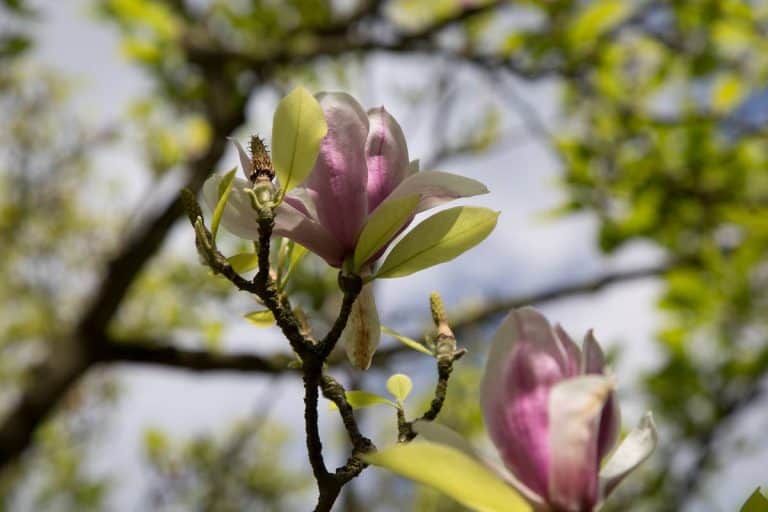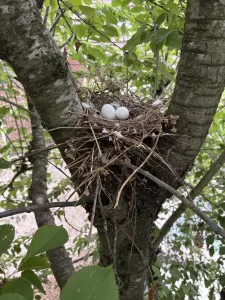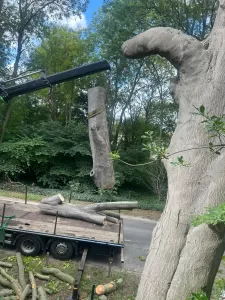Taking hardwood Tree and Shrub cuttings
Many of us have plants in the garden that are our favourites, and what happens when you want another one? Do you always need a visit to the local garden centre, or, do you know how to take a cutting from a tree? Taking a cutting is a cost effective way to replicate your plants, all it takes is a little bit of skill and some patience as the tree grows.
Taking cuttings from deciduous hard wood trees and shrubs is not as difficult as you may think. In fact, some trees and shrubs can only be propagated this way. With just a few cheap tools and products you can grow your own forest in no time.
Tools
• Sharp secateurs, preferably cleaned in a solution of 10% bleach to 90% water. This is to help prevent cross contamination of diseases and pathogens.
• Gloves
• Bleach
• Cutting compost
• Large pots at least 10 inch deep
• Rooting compound (optional but recommended)
How to take a cutting from a tree
A cutting should be taken when the hardwood plant is dormant (Late autumn to late winter).
Step 1: Clean your secateurs with the 10% bleach solution, rinse and dry well.
Step 2: Fill a pot or trench (if planting directly outdoors) cutting compost. Make sure there is adequate drainage.
Step 3: Select a healthy vigorous shoot of around 30-40cm from this year’s growth preferably around the diameter of a pencil at the base.
Step 4. Trim off any side shoots or leaves back to the main stem
Step 5. Trim the top of the cutting at a slight angle to allow rain to run off just above a bud node. Trim the bottom of the cutting below a bud node straight.
Step 6. If you are using rooting compound now is the time to use it in the manufacturers recommended way.
Step 7. Insert the cutting in to pot/trench so that only 1/3 is still visible above the soil level.
Step 8. Protect from frost and do not let them dry out.
Step 9. Cuttings should be left in place until the following autumn and then planted out.
For slow rooting plants such as Cornus or Laburnum it may be worth storing the cutting in bundles of 15-20 in sharp sand until the spring and then follow step 7 to 9.
Protecting the Saplings
There are a few animals, particularly deer and rabbits, that find tree cuttings particularly tasty. You can protect tree saplings by using tree guards. There are various designs available, all designed to put a barrier between the sapling and the rabbit or deer.













